What Makes a Plant an Orchid?
Orchid plants have some of the most diverse flowers of any plant family. Some form clusters of dangling threads, while others are wide and saucer-like. Some even mimic female insects. Taken side by side, it might not be obvious how such different flowers could belong to the same family. If you look more closely, however, you can see that there are specific similarities that define the orchid family.
With very few exceptions, all orchid flowers will follow the same basic design. Orchids have three petals, and three petal-like sepals which form the outside of developing buds. One of the three petals will be modified, having a different shape and color than the other two, and often points downward. This specialized petal is called the lip and serves as the landing pad for pollinating insects. On lady’s slipper orchids, the lip is cupped to form a pouch.
The most unique feature of orchid flowers is that the parts that hold the pollen, and the part that receives it, are united in one structure called the column. In contrast, the reproductive parts of other flowers form a separate stamen and pistil. At the front of the orchid flower’s column is a small covering which, when brushed by an insect, falls away to expose the sticky packets of pollen behind it. Just behind this, on the underside of the column, is a sticky concave surface called the stigmatic surface, where pollen is deposited.
Another defining feature of orchid flowers is their bilateral symmetry. This means they are only symmetrical along one line: the left and right sides are mirror images of each other.

